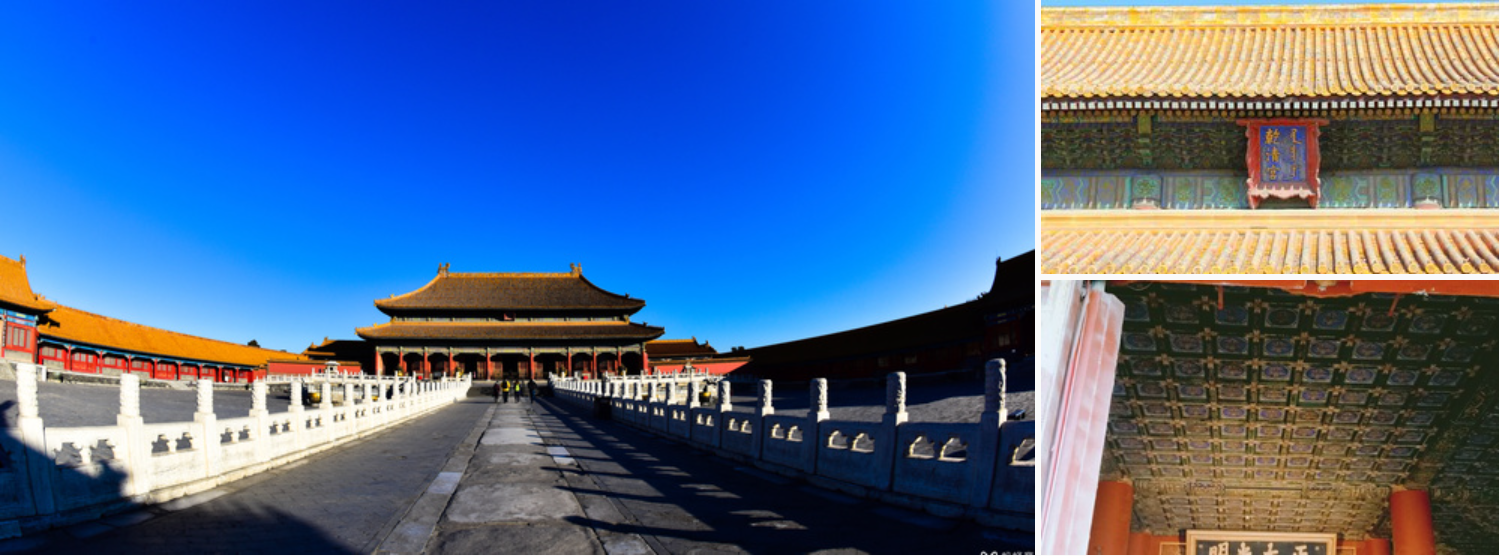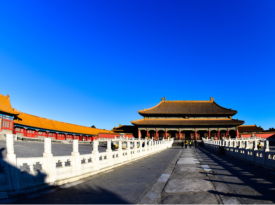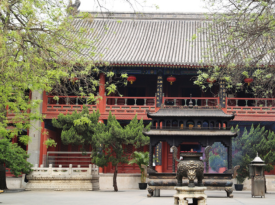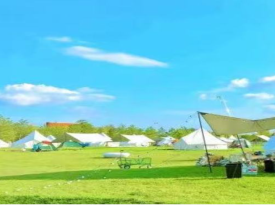The Qianqing Palace is the main hall of the inner court in the Forbidden City in Beijing and ranks first among the last three palaces. It was first built in the 18th year of Yongle in the Ming Dynasty and has undergone multiple reconstructions and renovations in the Ming and Qing Dynasties, carrying heavy historical and cultural deposits.
The Qianqing Palace is of grand scale and magnificent architecture. The roof of the palace is a double-eaved hip roof. The yellow glazed tiles shine golden, and the eaves corners soar, showing the royal majesty. The interior of the palace is spacious and bright, and the spatial layout is regular. There is a gilded carved dragon throne in the center, and above it hangs the plaque of "Zhengda Guangming". These four characters are not only a treasure of calligraphy art but also have a special significance in the imperial throne inheritance system of the Qing Dynasty. The name of the crown prince was secretly hidden behind this plaque. The color paintings on the beams and purlins in the palace are extremely beautiful, with bright colors and delicate patterns, showing a very high artistic level.

It was once the bedroom and the place where the emperors of the Ming and Qing Dynasties handled daily state affairs. Many major historical events took place here. The "Renyin Palace Incident" in the Ming Dynasty shocked the court and the public, reflecting the complex political and interpersonal relationships within the palace. Emperors such as Kangxi and Qianlong in the Qing Dynasty often summoned ministers and read memorials here. Many national policies and decrees were issued from here, witnessing the political rise and fall of the feudal dynasties.
The furnishings in the Qianqing Palace are rich and diverse. There are a dazzling array of cultural relics and treasures, from exquisite porcelain and jadeware to gorgeous clothing and furniture. All of them reflect the high level of craftsmanship and the luxurious life of the royal family at that time. These cultural relics are not only art treasures but also important physical materials for studying the history, culture and craftsmanship of the Ming and Qing Dynasties. Now, as an important part of the Palace Museum, the Qianqing Palace attracts countless tourists to come and pay their respects. People can feel the solemnity and mystery of the ancient royal palace here and appreciate the unique charm of ancient Chinese architecture and culture. It is like a three-dimensional history book, silently telling the past glories.





